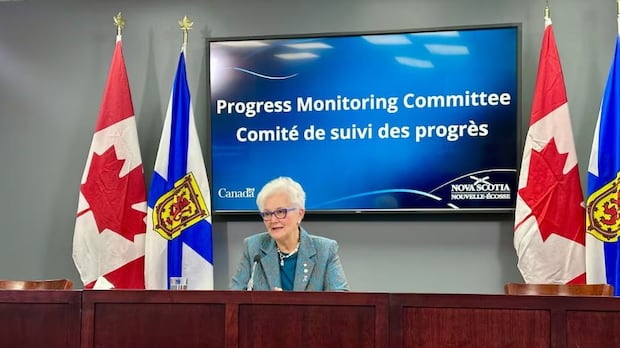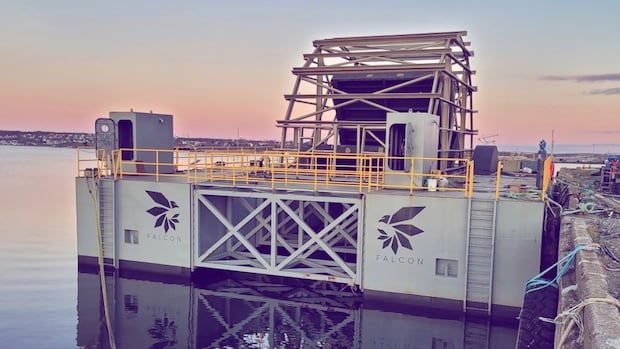Suggested areas for offshore wind around N.S. swell in size

Offshore wind energy projects around Nova Scotia have significantly expanded in scope, according to the latest version of a report for government, which has raised concerns within the fishing industry. The regional assessment committee has identified eight potential development areas spanning a total of 31,200 square kilometres, including sites like Sydney Bight, French Bank, and Middle Bank.
The draft final report, released in late October, includes new additions like Misaine Bank and LaHave Bank, which were not previously mentioned in the interim report. Furthermore, five of the sites have grown in size, with the potential development areas nearly tripling in total. These areas overlap with fishing grounds, prompting worries among fishermen about potential disruptions to their livelihoods.
Kris Vascotto, manager of the Nova Scotia Fisheries Alliance, has highlighted the concerns raised by fishermen who fear losing access to their fishing grounds or experiencing changes in their catches due to disruptions in marine ecosystems. The impact of these developments will depend on the specific sites chosen for projects, the technology used, and the type of fishing activity in the area.
The provincial government is set to open bids for offshore wind licenses next year, although the exact areas to be included in the call for bids remain unclear. Vascotto and industry stakeholders are working to ensure that accurate information about fishing activities is provided to regulators to inform decision-making processes.
Graham Daborn, a member of the regional assessment committee, acknowledged the concerns raised by fishermen and emphasized the importance of filling knowledge gaps to make informed decisions about offshore wind development. The committee’s report includes recommendations for research and collaboration to address these gaps.
Vanessa Byrne, from the Atlantic Groundfish Council, stressed the need for federal impact assessments for each proposed project to assess potential impacts on fisheries. She emphasized the importance of prioritizing avoidance, mitigation, and compensation strategies to minimize disruptions to the fishing industry.
The final report from the regional assessment committee is expected in the new year, providing further insight into the potential impacts and recommendations for offshore wind development in Nova Scotia.




